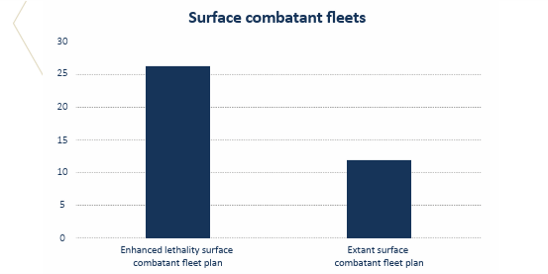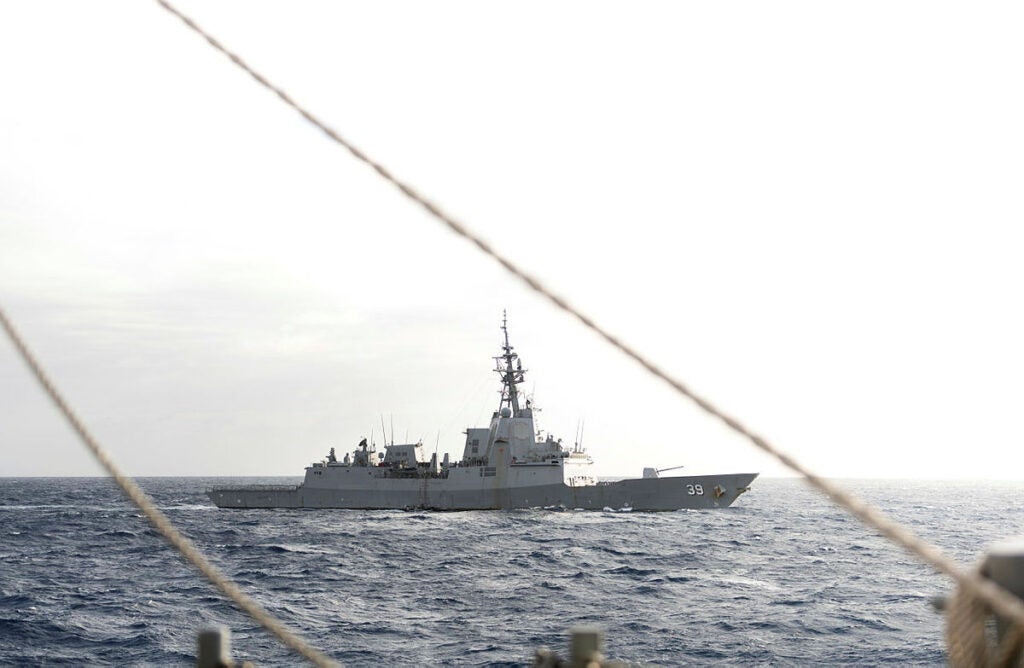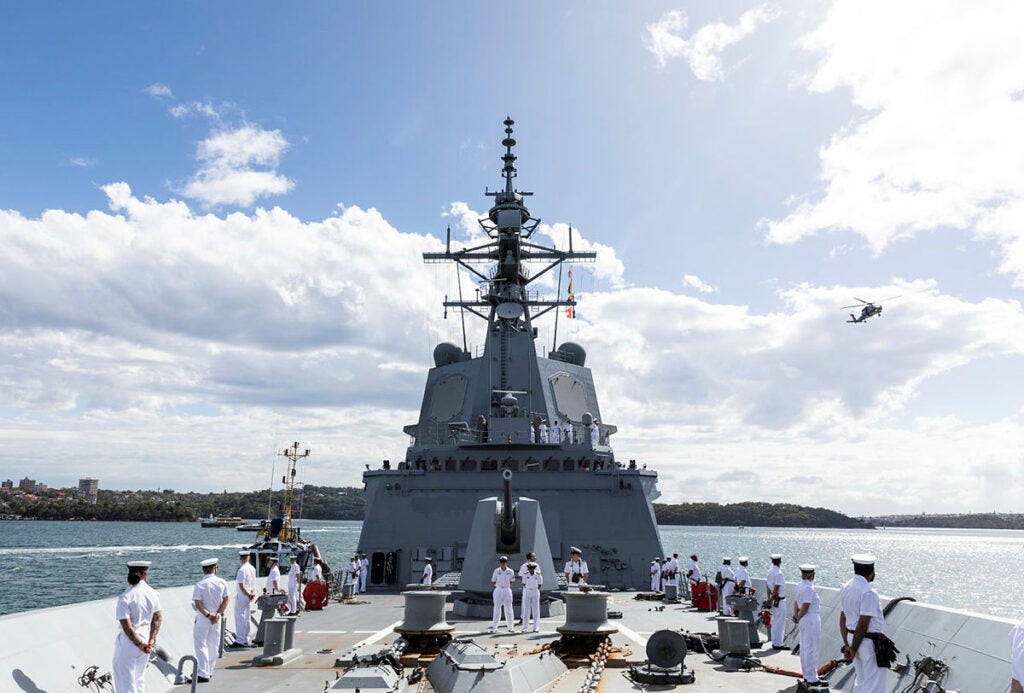Australia Will Double the Size of its Surface Fleet
According to an announcement made by Australian Minister for Defence Richard Marles on Tuesday, the Royal Australian Navy (RAN) will double the size of its surface fleet by the 2040s. The fleet is set to grow from 11 surface combatants to 26 – bringing the RAN to its largest size since World War Two. Once the buildup is completed, the force will consist of 9 “tier one” frigates and destroyers as well as 17 smaller “tier two” combatants. The 2040s fleet will also include 25 small patrol boats and vessels. To fund the new buildup plan, the government will be committing an additional $11 billion Australian Dollars ($7.23 billion USD) over the upcoming decade on top of previously agreed funding.

Six out of the nine “tier one” combatants will be Hunter class frigates of which the first is set to be delivered to the RAN in 2032. The AEGIS-equipped 7,000 ton frigates are particularly noted for their anti-submarine capabilities but will also carry anti-ship missiles and a variety of surveillance and intelligence-gathering equipment like the Australian CEA Phased-Array Radar. The other three “tier one” ships will be upgraded Hobart class Air Warfare Destroyers.

The mainstay of the “tier two” component will be eleven general purpose guided missile frigates. The first three will be built overseas and the rest are planned to be constructed in Western Australia. According to a recently released government study, these vessels will be “optimised for undersea warfare, to operate both independently and in conjunction with the Tier 1 ships to secure maritime trade routes, northern approaches and escort military assets”. While it is not yet certain what design will be selected, the report identified four “exemplars to form the basis of a selection process for this new general purpose frigate”:
- The German Meko A-200
- The Japanese Mogami 30FFM
- The South Korean Daegu class FFX Batch II and III
- The Spanish Navantia ALFA3000
Ther rest of the tier 2 fleet will consist of six optionally manned vessels. Equipped with 32 Vertical Launching System cells and AEGIS, the ships would be able to operate without human crew.
The massive expansion of the surface fleet comes on top of Australia’s preexisting plans to greatly expand its submarine fleet in cooperation with Britain and the US through the framework of the AUKUS agreement. The RAN will soon field American Virginia class nuclear submarines which will eventually be followed by a new domestically built design which is being developed with American and British support.

